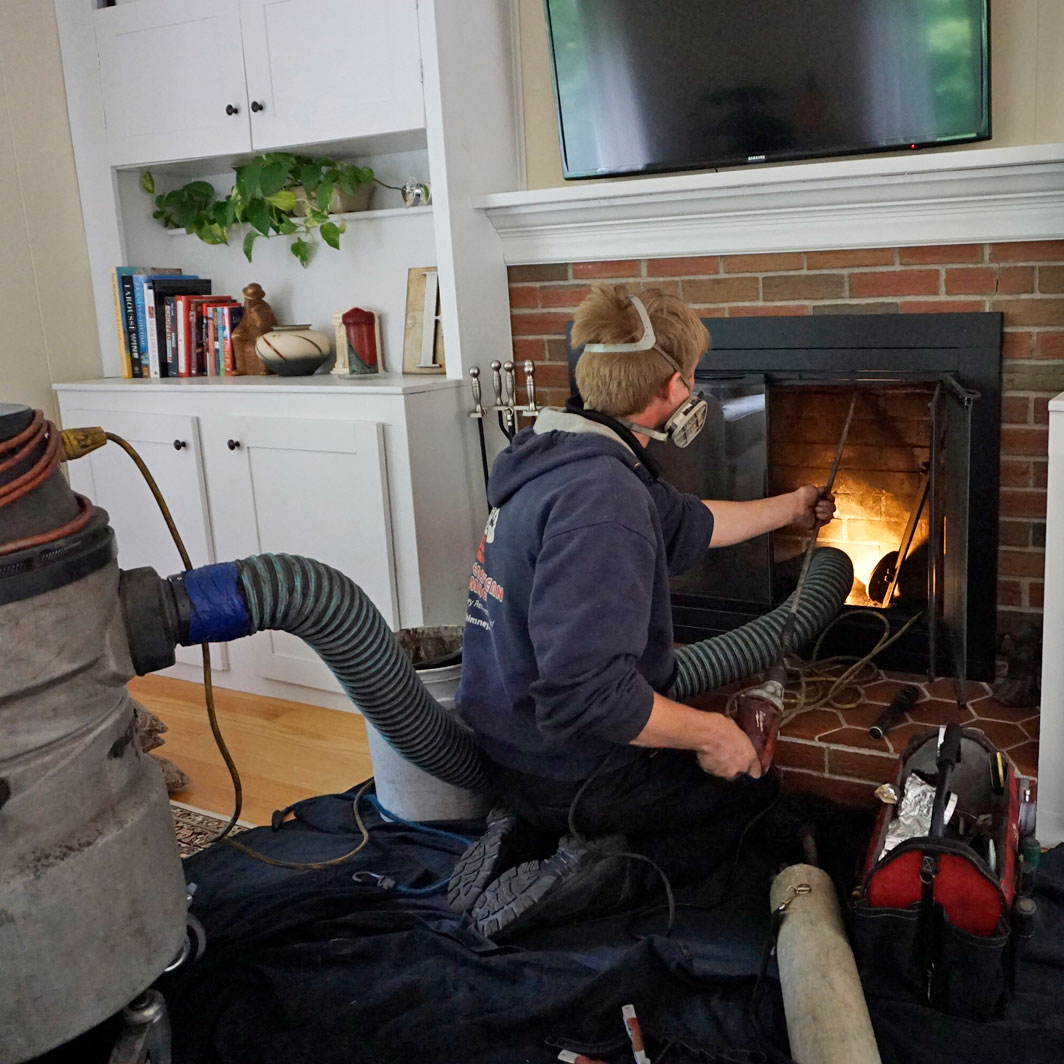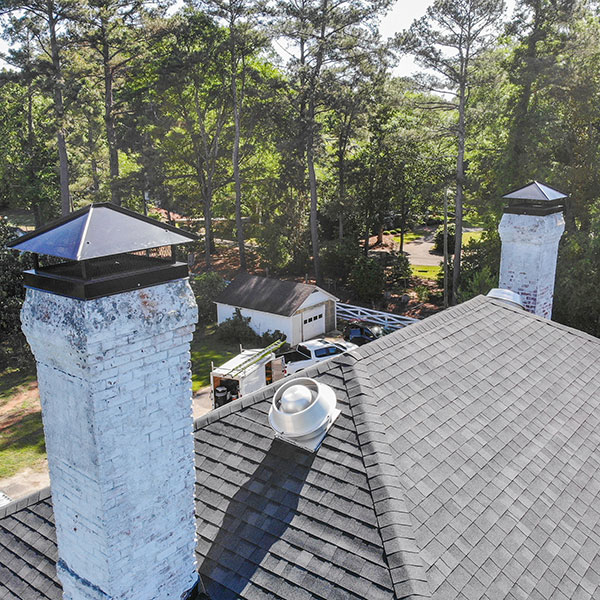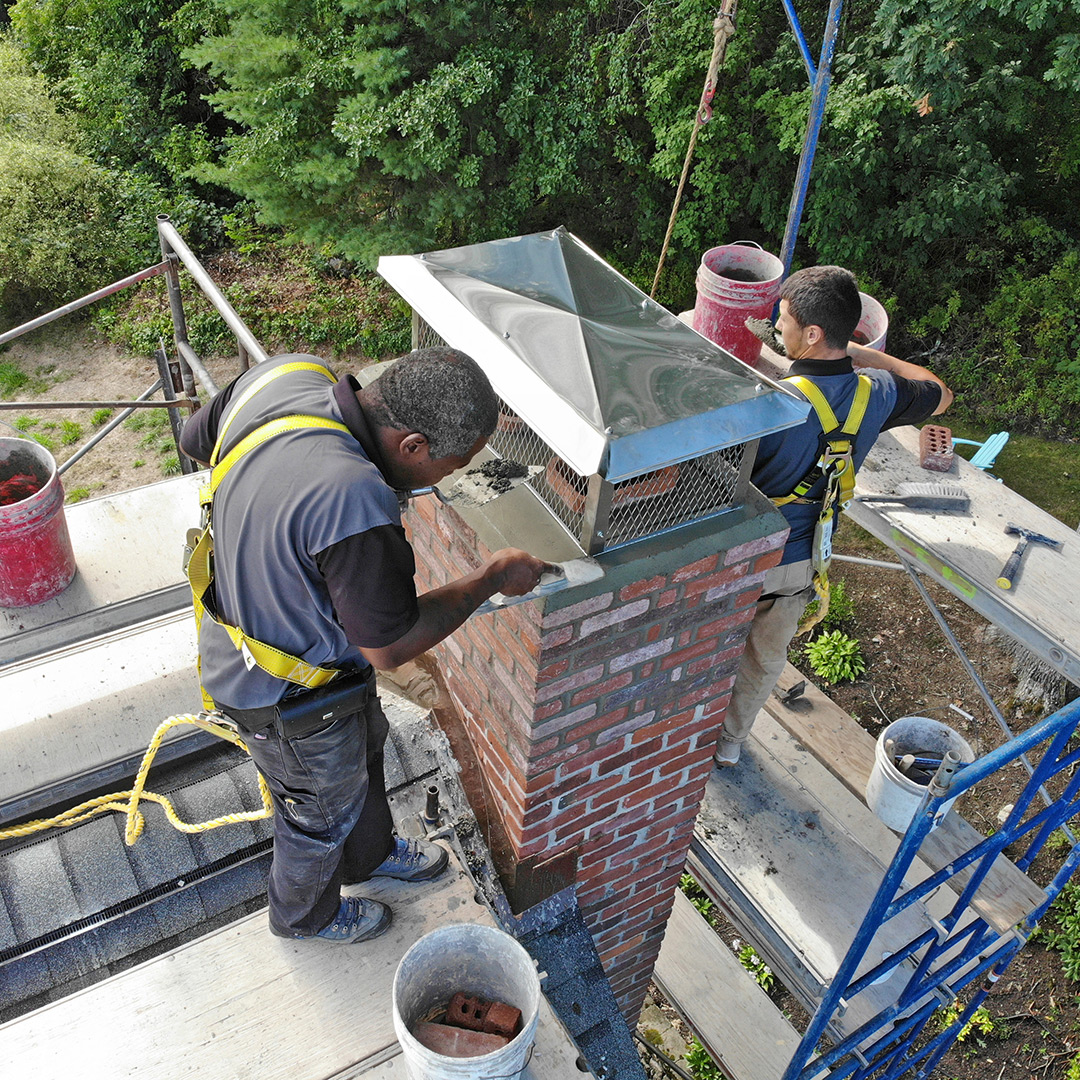5 Common Chimney Problems in Commercial Buildings and How to Address Them
Navigating the maintenance of commercial buildings can be a complex task, especially when it comes to addressing chimney issues. As a professional chimney company that’s been in business since 1989, we’ve seen our fair share of chimney problems in the Boston, MA area. However, there are 5 common chimney problems you’re most likely to face as a commercial building owner or manager during your chimney’s lifetime. Fortunately, we can help you address these problems in no time. If you’re looking for a local chimney company in the Boston area to take care of your chimney services, give us a call! We’d love to help. Here are some of the most common commercial chimney problems we see:

Byproduct Build-Up
Carbon and soot are byproducts of burning gas or liquid fuels. Therefore, build-up a very common problem to run into. When soot builds up, it can become a dangerous obstruction within the vent system that you need to be conscious of removing regularly in order to avoid heat and hot water outages. This problem is easily solvable by booking a commercial chimney sweeping once a year to inspect and remove, if necessary. Your chimney technician can recommend whether or not you require more than one inspection or sweeping a year based on overall condition and nozzle settings.
Deterioration in Venting
Frequent exposure to flue gasses can eventually cause your chimney’s breeching pipe to deteriorate and crack. You don’t want to allow this problem to sit long because cracks in the flue pipe that joins the heating equipment to the stack will affect overall efficiency of the system and create the risk of carbon monoxide spillage back into the boiler room. Booking an appointment for a visual inspection is recommended to get ahead of this issue.
Chimney Leaks
When maintaining your chimney, it’s common to run into chimney problems like leaks. Chimney leaks can be a result of rainwater seeping into cracks causing crumbling mortar, or other structural damage, but it can also be caused internally by over or under firing equipment resulting in excess condensation. Figuring out where and why the leak is occurring is the difficult part, so you’ll want the help of a professional to perform a commercial chimney inspection. A chimney technician will be able to identify the source of the leak and then provide the next steps to repair it.
Structural Damage
Over your chimney’s lifetime, it will develop structural risks, like weak points, rust or cracks within a stack. Ignoring structural damage can lead to your chimney’s instability and the safety of those living in or around the building. Repairing structural damage could involve some variation of a stack repair, but it depends on the specific problem, so contact your local chimney company to identify the problem and provide the repair.

Blockages
It’s not uncommon to face chimney problems like blockages, caused from wildlife, falling debris, or excess soot. However, you want to address these problems as soon as you identify them because blockages in your chimney can restrict airflow, thus increasing the risk of carbon monoxide poisoning. We recommend booking a chimney inspection to inspect and responsibly remove any and all debris. Your chimney technician may recommend installing a chimney cap if you’re finding bird nests and animals in your chimney often.
Contact Best Chimney Services for Your Commercial Chimney Maintenance
Regular chimney maintenance is the key to preventing these common problems and catching them before they become unsafe and costly. Maintain the integrity of your commercial chimney by working with a qualified chimney company that can ensure your chimney is functioning safely. Contact us today to get started!
The post 5 Common Chimney Problems in Commercial Buildings and How to Address Them appeared first on Boston's Best Chimney.

 Expert Chimney Care
Expert Chimney Care Chimney Importance
Chimney Importance Regular Inspections
Regular Inspections
 Water Coming In From The Top Of The Chimney:
Water Coming In From The Top Of The Chimney: Leaking From The Attic
Leaking From The Attic


